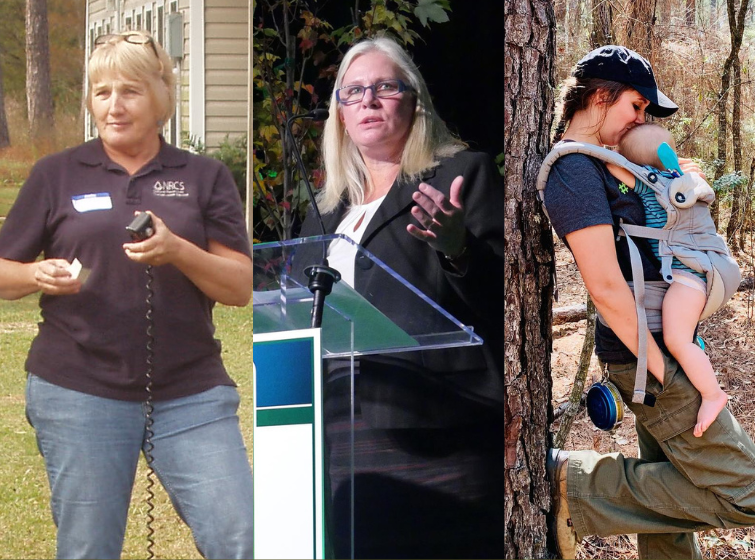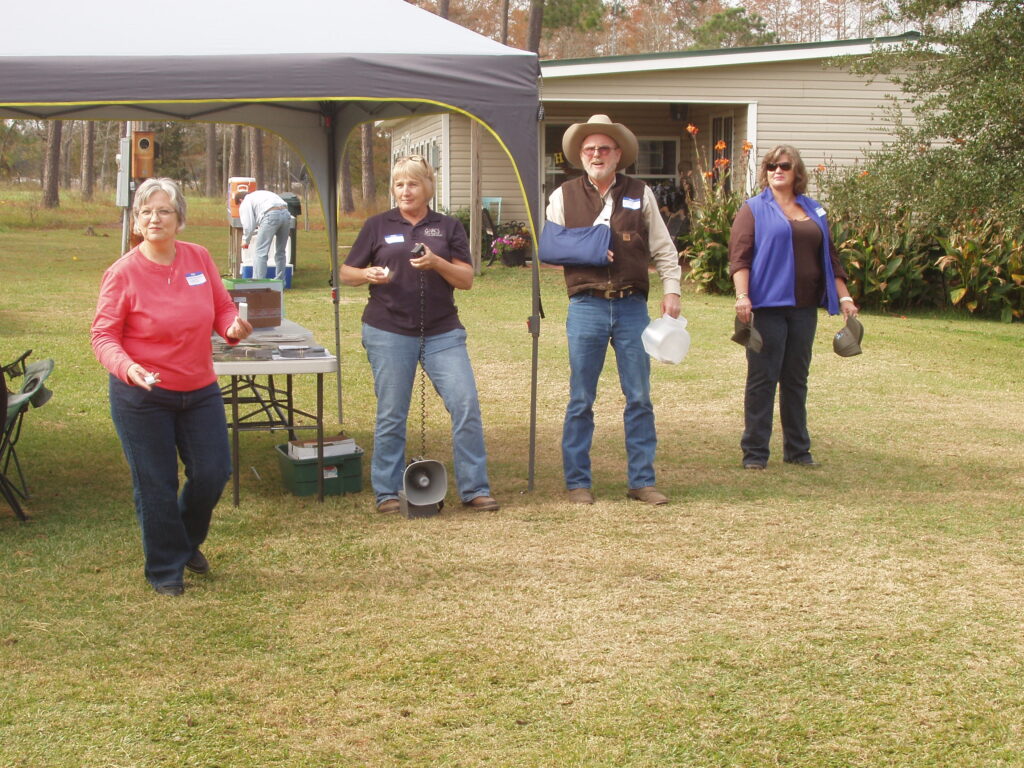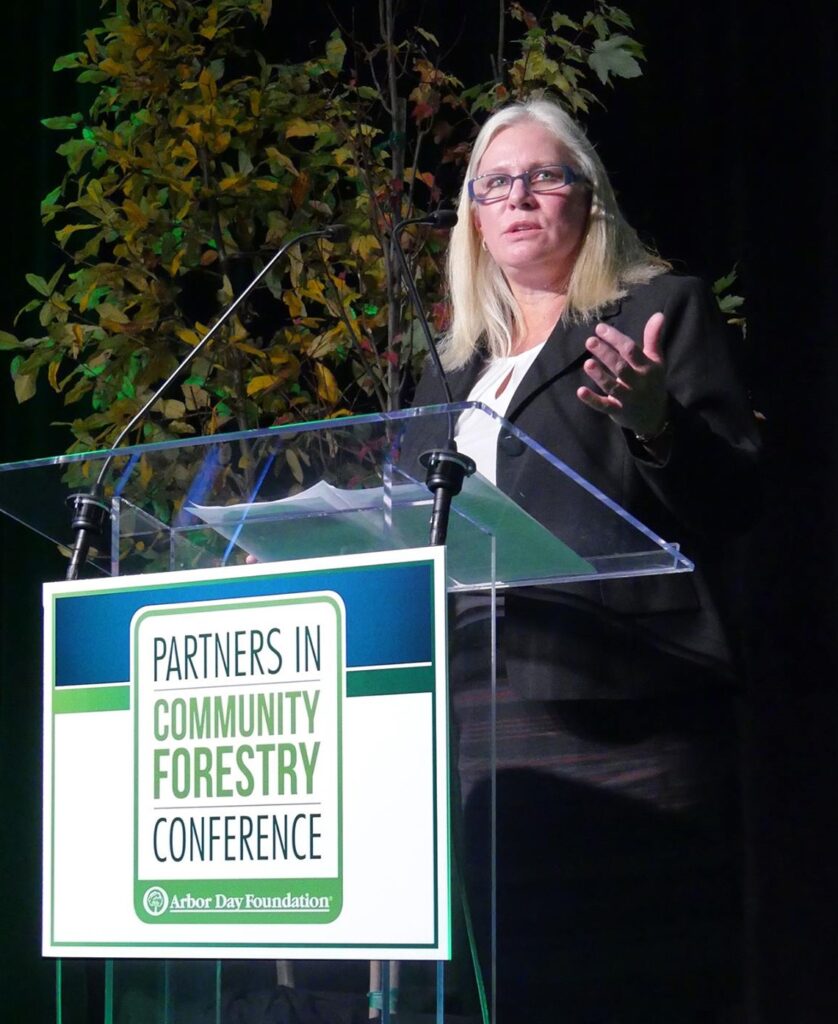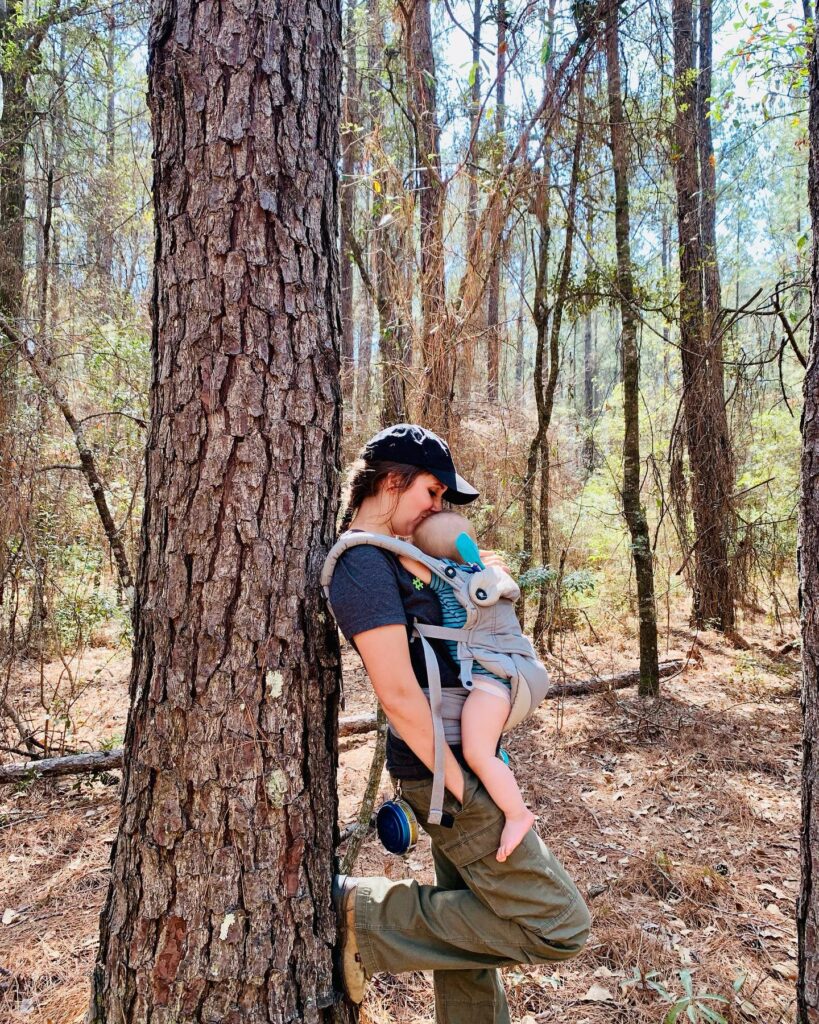Updates & Blog
Breaking Barriers: Women in Forestry Share their Stories

Rita Michels Barrow
When Rita Michels Barrow attended the University of Georgia’s (UGA) School of Forest Resources in the 1970s, she quickly realized she wasn’t like the rest of the student body. “Of the forty students in the program, four of us were women. And only three of us made it to graduation.”
Throughout the 1900s, the field of forestry was perceived as an all-men’s club. When Barrow graduated in 1980, women constituted only 2% of full-time professionals in the U.S. Department of Agriculture, Forest Service. While other students, professors and interviewers presumed—and even asked—if Barrow was attending forestry school to find a spouse, their assumptions could not have been more wrong.

With her large family from rural Georgia, Barrow grew up visiting and camping on public lands across the South. After participating in a Youth Conservation Corps program in high school, Barrow knew she wanted to pursue forestry as a career.
Despite stereotypes that labeled women as incapable of being foresters, Barrow proved she could do just as well as the men at UGA. She excelled in her classes—receiving top grades and graduating first in her class. After college, she became the second woman forester to be hired by Union Camp, a large pulp and paper company.
“They had no idea what to make of me. Once they knew I knew my stuff, though, they began to accept me and realize women could do the job. I still had to take a lot of ragging from the guys and often got stuck with grunt work – but I still loved it,” said Barrow.
After Union Camp, Barrow worked as a forestry consultant for almost twenty years. She eventually ended up working as a district conservationist with the U.S. Department of Agriculture, Natural Resources Conservation Service (NRCS) for 18 years. “I loved building relationships and trust with landowners. I really enjoyed hearing their stories and helping them improve their land.”
Barrow also went out of her way to support other women foresters and encourage young girls to enter the field. She often spoke at Girl Scout events and schools. “I encouraged young women to pursue what they wanted to do. I told them to do something they love.”
Throughout her career, Barrow observed significant changes in the field of forestry. Notably, in the 1990s, the number of women in the U.S. Forest Service rose to almost 19,000, around 38% of the entire agency workforce. Trailblazers like Barrow changed the game, empowering more and more women to enter what has historically been a male-dominated profession.
Jan Davis

The 1990s and early 2000s also saw women achieve various leadership roles within the Forest Service. One of these leaders was Jan Davis. Davis graduated from Stephen F. Austin State University College of Forestry with a BS degree in Forest Management. Afterwards, she served as a field forester and eventually went on to lead rural assistance programs. Seventeen years later, she came to the U.S. Forest Service, serving at the Washington Office and as the Deputy Regional Forester for State, Private and Tribal Forestry for the Southern Region. She is now working as a team member of the Wildfire Risk Reduction Infrastructure Team.
Davis was inspired by two important women in her life: her grandmothers. Together, they would
take long walks through loblolly pine plantations looking for petrified wood and turn soil to grow prize winning daylilies. “My grandmothers, both catalysts in their own small, rural communities, influenced my values and roused my interest in the outdoors and forestry,” said Davis. “I went into forestry because I knew forests, at the most basic level, provide products, clean water, clean air, places to recreate and respite. No matter if you are a forester or a budget analyst, I have found that people who work for the Forest Service are motivated because the work appeals to both their intellect and their passion.”
After long and groundbreaking careers in forestry, Barrow and Davis are both optimistic about the field’s future. They see many more young women pursuing biology, environmental sciences and forestry and are encouraged by the focus on inclusivity and diversity. When asked what she is most proud of from her time as a forester, Barrow responded, “Demonstrating to the corporate world that women could do a good job. Women possess assets and characteristics that are advantageous to the organization. Diversity is a good thing and advances the entire organization.”
While the Forest Service and private industries have made tremendous strides in diversifying their workforce, many believe there is still a long way to go. Currently, just 16% of forest professionals are women.
Danielle Atkins

It’s now up to the next generation of women foresters to address this backslide. Fortunately, they’re already working on it. In the past few years, women have formed numerous organizations to support other women foresters and women landowners. Danielle Atkins, a lifelong Georgia resident and graduate with both a wildlife sciences and forest resources degree from UGA, is leading these efforts. As a former forester for the Georgia Forestry Commission, Atkins realized women were seldom involved with land stewardship and management. She witnessed the struggles women landowners often faced when unexpectedly and abruptly inheriting forestlands. This inspired Atkins to start developing women-focused workshops, which she’s been doing since 2016, and expanding her network by working with “non-traditional” partners like the nationally awarded Sustainable Forestry and Land Retention Program.
In 2020, during the height of the Covid-19 pandemic, Atkins spearheaded her business, Land and Ladies. What started as an online forestry business to help women understand the complexities of land stewardship, now, with the waning of Covid, includes in-person events. “We give women the resources to properly manage their lands. With our help, they are confident enough to find and obtain resources without feeling they are being taken advantage of,” said Atkins.
In the three years Land and Ladies has been in operation, Atkins has helped over 500 women improve their lands and learn about forestry. Atkins also started hosting a bi-annual, national level Woman Landowner Symposium, allowing her message to reach an even wider group of land-owning women.
Along with other female-focused and female-led organizations, such as Women Owning Woodlands (WOW) and ForestHer NC, Land and Ladies is building on the work done by Barrow, Davis and others. Together, these businesses are encouraging women to get involved in the forestry sector and making forestry and land management accessible to women across the nation.